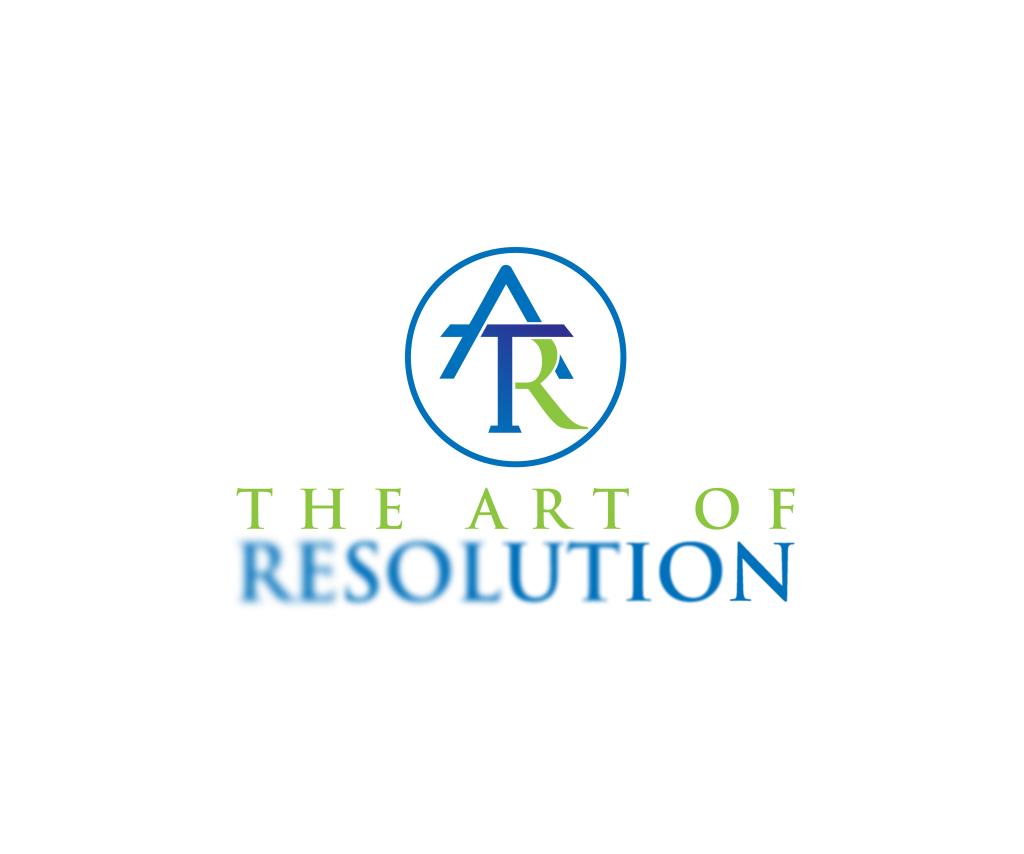by Andrew Flake
After a week-long patent infringement trial in federal district court in Seattle, a civil jury hit gaming company Valve Corporation with a $4 million verdict for patent infringement. The case involved design aspects of Valve’s Steam game controller.
Not an unusual result, except that this jury was selected, heard the trial and deliberated, and rendered the verdict entirely virtually, a first in the patent arena.
As it happens, the Western District of Washington, where the trial took place, has pioneered virtual jury trials using the ZoomGov.com platform and done so very successfully. From the docket in the case and the virtual trial handbook the district has been developing, we can glean a number of useful practices and insights for future virtual trials. They include:
- Dealing with equity and access issues. One of the concerns with selecting jurors virtually has been that the less affluent will not have access to the necessary technology, thereby reducing their opportunity for jury service and skewing the pool. In the first virtual trials in the district, prospective jurors were polled about these issues and their related preferences. Based on that feedback, the district learned that many jurors would be more apt, not less, to serve through remote participation, because the time associated with travel in itself presented a hardship. Additionally, to deal with the technology access concern, the district made available for checkout the requisite technology, which I would assume included at least a laptop and if necessary a wireless care. District Judge Pechman, who oversaw one of the first trials, has observed that the makeup of her early virtual juries was actually more diverse and representative than with her traditional, in-person pools.
- Training for staff, lawyers, and jurors. To my observation, the Western District has done excellent job testing and training on the technology and how it is used, as well as new protocols and guidance that apply in the virtual realm. ZoomGov.com is just a version of Zoom tailored for government use, and is fairly intuitive, but like any technology, requires training. The Court ensured that staff was conversant moving the various participants around from room to room online as necessary, and with the general platform controls. For counsel, the virtual handbook provides instruction — for example, on exhibit management using the Box.com service– and also sets out conferral requirements on Zoom-specific aspects of the trial like the provision of electronic exhibits and their annotation during testimony.
- Unanticipated efficiencies. Another early worry has been delay from any technology failure. As it turns out, the experience in the Western District has been that, on the whole, the trial runs at least as if not more smoothly overall as compared to a traditional trial. As with any virtual court proceeding, one needs patience to deal with any glitches, and has to build in redundancy where possible. But even accounting for that downtime, the savings in time spent convening sidebars and breaks, and in travel to and from the courthouse, has created more net efficiency.
- Adaptive technology. The Western District’s experience shows the virtual environment is much more conducive than anticipated to replicating a traditional trial’s interpersonal interactions. The use of breakout rooms enables quick sidebar conferences. The chat function facilitates juror questions to witnesses, which can be quickly screened and approved by the Court. And the Court can permit jurors built-in time to interact together before proceedings commenced, just as they would normally do in person.
- Required practice sessions. Any lawyer using remote video technology for a trial or hearing should, as a rule, not only be extremely comfortable with the platform, but also set up practice runs for any specific case applications. (For the downside of not doing so, how can I not offer up the priceless Zoom Cat Filter clip, which merits every comic plaudit it has received?) Going further, the Western District requires that counsel participate in a technology check with staff in which the lawyers rehearse calling witnesses, examining the witness regarding exhibit foundation, using Zoom demonstrative features like annotation and the whiteboard, video sharing, impeachment via deposition, and lodging and responding to objections.
- Juror attention. A consistent set of feedback from courts conducting hybrid or all-virtual trials, including in the Valve Corp. case, has been that juror interest and attention remained high. This is a positive, and for many lawyers considering the matter earlier last year, unexpected result. Part of it has to do with the heightened ability of all parties and especially the Court to focus on the expressions and engagemen t of each juror.
There is still work to do, of course: we need more consistency in terms of public access to virtual trials and hearings, and jury instructions will need to include more explicit instructions to jurors about avoiding distractions and outside influences when participating in a remote environment. As we make those enhancements, and as our adaptation to virtual trials continues, it is extremely beneficial to have courts at the federal and state level, as the Western District has done, innovating and sharing their experiences.
[The case discussed is Ironburg Inventions Ltd. v. Valve Corp., case number 2:17-cv-01182, in the U.S. District Court for the Western District of Washington.]